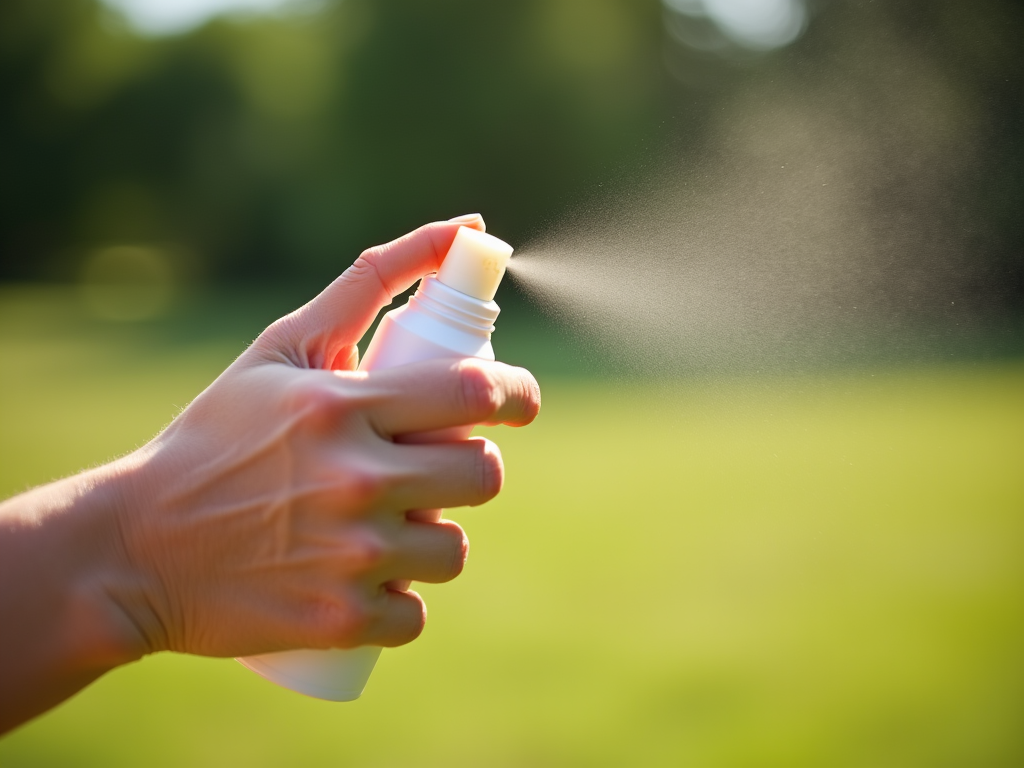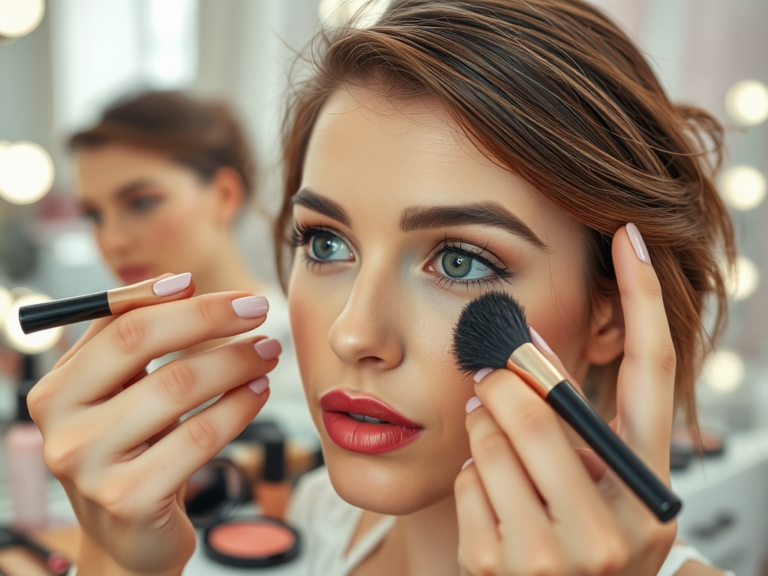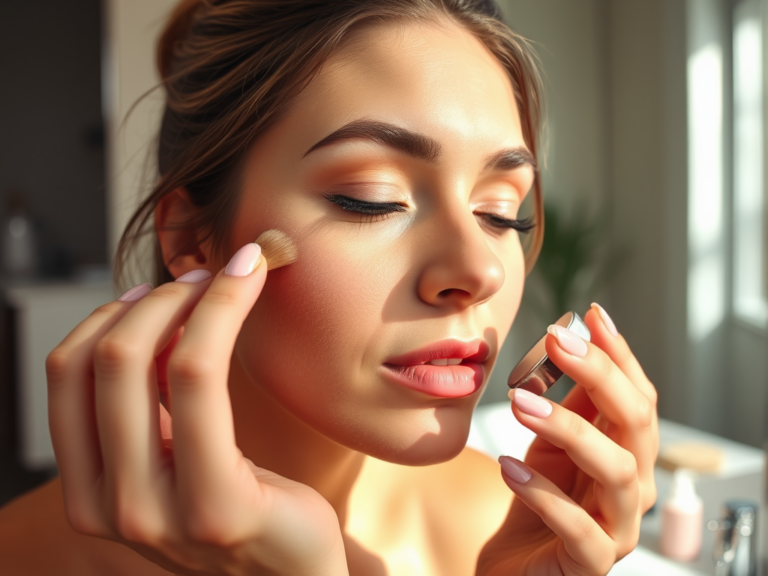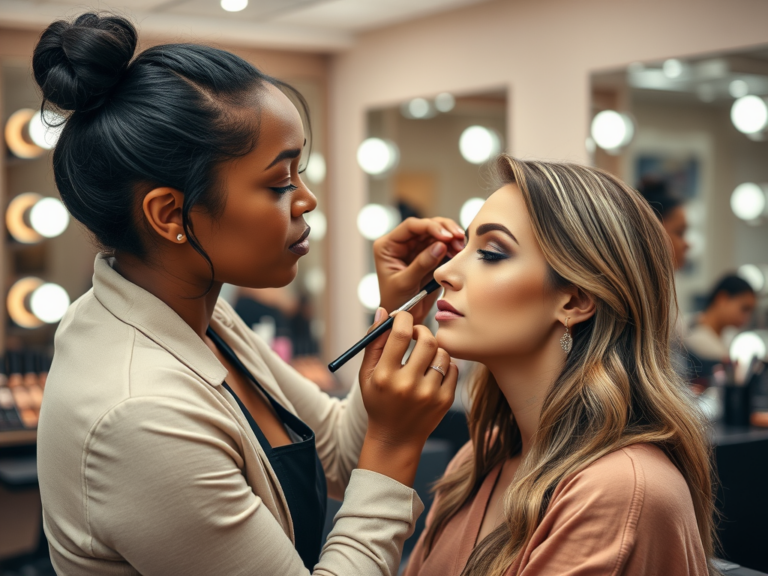In the pursuit of flawless skin protected from harmful UV rays, spray sunscreens have emerged as a popular choice. They offer an easy, hassle-free way to ensure you remain shielded outdoors without the mess typical of traditional lotions. However, understanding whether your spray sunscreen effectively safeguards your skin is not always straightforward. Dermatologists emphasize the significance of proper application, ingredient awareness, and common misconceptions surrounding spray formulas. By implementing expert-recommended strategies, you can enjoy your time in the sun while maintaining skin health as a priority. Let’s dive deeper into ensuring that your spray sunscreen isn’t just cosmetic, but rather a vital component of your sun protection arsenal.
Understanding the Basics of Spray Sunscreen

Spray sunscreens have rapidly gained popularity for their convenience and wide-range application. While they’re easy to use, knowing how effective they truly are in comparison to traditional options is crucial for making an informed choice. Many are under the impression that spray formulations are a one-size-fits-all solution, but this could not be further from the truth. There is a certain art to applying them that requires knowledge about SPF and product types. Selecting an appropriate sunscreen means assessing both the SPF rating and the ingredients utilized for sun defense. Consider these factors carefully to make sure your skin is adequately protected.
SPF stands for Sun Protection Factor, a primary indicator of a sunscreen’s ability to shield your skin from UVB rays. Understanding these numbers can empower you in selecting a product that meets your skin’s needs. Here’s a quick breakdown of SPF levels:
- SPF 15 provides about 93% UVB protection.
- SPF 30 offers approximately 97% UVB protection.
- SPF 50 ensures around 98% UVB protection.
Clearly, while higher SPF offers marginally better protection, the real difference lies in proper application and reapplication over the day. SPF only pertains to UVB rays, which are chiefly responsible for sunburn. UVA rays, which contribute to deeper skin damage, are also of great concern. Be sure your over-the-counter spray sunscreen lists broad-spectrum on the label for complete protection.
Common Misconceptions About Spray Sunscreen

Despite the growing awareness surrounding sun protection, certain myths continue to circulate about spray sunscreens. These misconceptions can lead consumers to use these products incorrectly, thereby compromising their skin safety. One prevalent belief is that a single application provides adequate protection. Reapplication is essential, particularly after swimming or sweating, to maintain effective coverage. Many individuals think that spray formulas and lotion sunscreens offer the same protection, but this is not entirely accurate. Understanding these differences will help ensure you choose the optimal solution for your environment and skin type.
It’s a common misstep to rely solely on a single application, resulting in unnecessary skin exposure to harmful rays. Research shows that most people don’t apply enough sunscreen in one go, making regular reapplication integral. Always aim to reapply every two hours for sustained protection—more frequently if you’re in the water or perspiring. Without this diligence and a proactive approach, your skin can suffer consequences, from sunburn to long-term damage. The best advice is to treat spray formulations just like traditional lotions, consistently applying throughout the day.
Tips for Proper Application of Spray Sunscreen
For optimal effectiveness of your spray sunscreen, proper application techniques are key. Following these strategies recommended by dermatologists can maximize the protection your spray provides. First and foremost, remember to shake the canister well before use. This action ensures even distribution of the active ingredients, leading to better coverage. Next, it’s critical to position the canister at an appropriate distance from your skin—typically 6 to 8 inches—to avoid patches and missed spots. While applying, move the spray in a back-and-forth motion to cover all areas evenly.
- Shake the canister adequately to mix ingredients.
- Hold it 6-8 inches from your skin.
- Ensure even coverage via a sweeping motion.
- Don’t forget areas like the ears and back of the neck.
| SPF Level | UVB Protection | Hours of Protection |
|---|---|---|
| 15 | 93% | 2 hours |
| 30 | 97% | 2 hours |
| 50 | 98% | 2 hours |
Reading and Understanding Label Information
When it comes to selecting a spray sunscreen, not all products are created equal. Learning to read the labels can dramatically shape your sun protection strategy. The ingredients play a vital role, as certain chemicals and minerals can provide various protection levels against UV rays. Look for key ingredients such as zinc oxide and avobenzone, which are known to offer broad-spectrum protection. If you’re unsure about a product, don’t hesitate to consult a dermatologist for advice tailored to your specific skin type and concerns. Choose products that have been clinically tested for safety, especially for sensitive skin.
When to Seek Alternative Sunscreen Forms
Despite their popularity, spray sunscreens may not always be your best option. Certain situations call for alternative sunscreen forms, ensuring comprehensive coverage and protection. For instance, if you are swimming in the ocean or lounging at a pool, a waterproof lotion is preferred to maintain coverage against water exposure. In addition, those with sensitive or acne-prone skin may find that lotions or gel forms provide a more controlled application without excess oil. Understanding when to opt for these alternatives can be a game-changer in your sun safety routine.
Conclusion
Ensuring that your spray sunscreen offers adequate protection involves a multi-faceted approach. By understanding the importance of SPF, learning the right application techniques, and being aware of the product you choose, you can enjoy the sun while reducing the risk of skin damage. Regular reapplication and diligent label-reading are pivotal in maintaining optimal skin safety. With these expert tips and practices in place, you can protect your skin and enjoy outdoor activities worry-free.
Frequently Asked Questions
- What is the recommended amount of spray sunscreen I should use? Aim for about one ounce (a shot glass full) to cover your entire body adequately.
- How often should I reapply spray sunscreen? Reapply at least every two hours, or more frequently if swimming or sweating.
- Can I use spray sunscreen on my face? Yes, but it’s advisable to spray it onto your hands first and then apply it to your face to avoid inhalation.
- Is spray sunscreen safe for children? Many spray sunscreens are formulated for children, but always check the label and consult with a pediatrician.
- What should I do if I accidentally inhale spray sunscreen? If you experience difficulty breathing or any adverse effects, seek medical attention immediately. Otherwise, try to avoid inhaling aerosol products by applying them in well-ventilated spaces.






